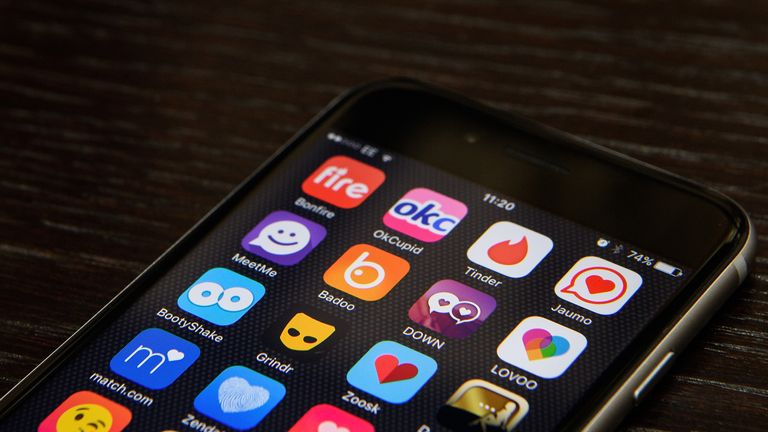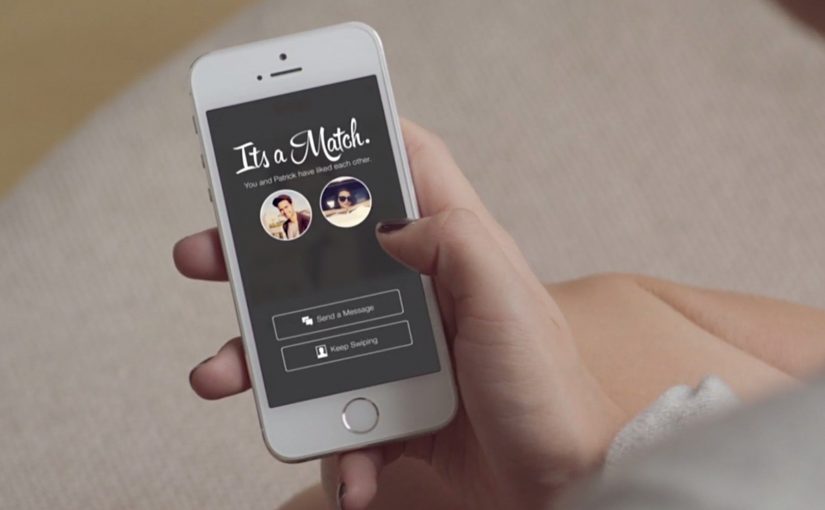“I sleep with my hands in my pants”

On what seems like an ordinary Saturday call, I get a late afternoon page from the ED. It’s a young man presenting with “weird” lesions on his scalp. The emergency doctor wants to treat for syphilis but is not sure quite sure of the diagnosis and calls the ID consult team for help. I go to see the patient, a pleasant otherwise healthy 20-year-old man. He is visibly worried about the multiple unusual lesions on his scalp which appeared about a week ago. The lesions have a classic wet wart-like look of Condyloma lata, a classic genital rash seen in secondary syphilis. But why did they appear on his scalp?

With the initial pleasantries of the history taking out of the way I take a deep dive into the sexual history. It turns out the patient has had some recent unprotected casual sexual encounters with partners he met online, and is clearly at risk for sexually transmitted infections. A thorough physical exam reveals a similar rash on the patient’s genital area. My immediate thought is the lesions on his scalp are likely the result of self-inoculation from groin lesions. Like any ID physician would, I ask even more strange questions and get the answer that confirms our hypothesis, “I sleep with my hands in my pants, it’s just something I’ve always done”.

Mystery solved! I recommend empiric penicillin for presumptive treatment of secondary syphilis, which will be confirmed on his blood test results a few days later. I provide a well-rehearsed spiel on safer sex practices. The patient visibly shaken by an STI diagnosis, in the moment, is self-berating over recent choices he has made “hooking-up” casually with strangers from the dating apps in his phone. I nod in empathy with his moment of tinder regret and provide reassurance that his infection is curable and he will be fine. Months from now this whole episode will be a distant memory, but will he have the courage to swipe right again? Is the blame he is placing on dating apps really justified?
The Rise of STIs- Are Dating apps really to blame?

In 2018, the CDC released alarming updates on the rise of STIs in the United States. An estimated 2.3 million new cases were reported that year. Over a 4-year period between 2013 – 2017, the rates of syphilis have doubled, gonorrhea is up 67% and Chlamydia infections are at record breaking highs. Similar increases in cases have also been noted in Canada and many other countries around the world. This has prompted many to wonder what’s driving this growing public health crisis.
Figuring this out has not been easy, as is often the case with studying human sexual behavior. For example, in a food borne outbreak of infection, investigations usually involve benign questions and contact tracing to identify the culprit contaminated food. On the other hand, accurate and truthful reporting on sexual exposures and practices is often confounded by reticent and heavily biased self-reporting. The reason is simple, no one wants to talk about their sex life like that! This maybe is the reason why some have suggested a theory that shifts the focus away from individuals and the judgement it implies, to the dating apps uploaded to the millions of smartphones in our pockets. Does the evidence really bear this out as true, or are we picking on an innocent bystander and ignoring more important drivers?
Love me Tinder, Love me true

The past 15 years have seen an explosion in the popularity of dating apps with an estimated 15-20% of adults in the United States found to be active users in 2017. These apps were mostly designed to facilitate connections and potential dates between individuals with shared interests and characteristics. They work, are easy to use and have led to many long-lasting connections and relationships. It is no secret however that the ease of locating potential partners with a swipe of the touch screen, also makes these apps ideal for locating partners for casual sex. Whether this use of online dating apps translates to higher rates STI transmission may be too simplistic an explanation for a complex issue.

The Nationwide Survey of Sexual Attitudes and Lifestyles carried out in the United Kingdom is the largest study to date that has attempted to explore adult sexual behavior in the digital age and its possible association with higher rates of STI diagnosis we are seeing currently. The study surveyed 15,162 individuals between ages 16-74 over a two-year period from 2010-2012. Finding sexual partners online was reported in about 17.6% of men and 10.1 % of women and was associated with higher number of new sexual partners and more unprotected sex acts. Surprisingly this was found to be associated to with only slightly increased rates of STI diagnoses and HIV testing in men but not in women who had a same chance of getting STIs regardless of their use of online dating technology.

For many, this may sound like an open and shut case – the multiplicity of dating apps leads to more hookups, high risk sexual behavior and ultimately higher rates of sexually transmitted infections, right? Well not so fast, although the UK study certainly suggested that the cultural phenomenon of online dating may be contributing to some of the rise in STI infections, association does not necessarily imply causation. Also, the numbers are too small to lay all the blame on the shoulders of online dating suggesting that there are likely other factors at play and only dating apps are just the tip of the iceberg.
Don’t blame it all on the Apps
There is some suggestion that the higher rates of STIs are the direct result of more sensitive and sophisticated testing. We are simply finding more because we are testing more and better. This is true but we cannot ignore some of the more uncomfortable drivers that are probably contributing more to this problem than higher testing rates.
Funding cuts to effective prevention programs

In 2016 in the United States, the budget for abstinence only sex education was increased to 85 million a year. This program has been shown time and again to be highly ineffective in reducing the rates of teenage pregnancy and STIs. Furthermore, an estimated 87% of sexual health programs across High schools nationwide allow parents and guardians to opt of having their teenage children participate in this curriculum. This had led to a generation of young adults who do not fully understand how the sexual landscape has changed and the basics of effective prevention and sexual practices.

Programs that have been actually shown to be effective such as comprehensive sexual education and contraception through organizations like planned parenthood have been indexed as drivers of “society’s moral decline” and are experiencing severe cuts to funding. Pre-exposure prophylaxis (PrEP) for HIV prevention though highly effective, continues to struggle for funding in several states.
Ignoring the baby boomers
The focus placed heavily on millennials when it comes to sex and STIs ignores a major group – the baby boomers. Sub-group analysis of the rise in STIs shows rates which are just as alarming in those ages 60 and above. In some studies, seniors have been shown to have the lowest condom usage rates of any population.

With unwanted pregnancy no longer a concern and the advent of Viagra, baby boomers are even more liberated than ever. They often do not have the updated knowledge on navigating the risks that come with the territory of an active sex life. On the side of healthcare providers, there are intrinsic biases that make us assume that that older patients are not being sexually active, and we often do ask them about their sexual health or offer the same prevention and testing options as we do routinely for younger patients.
Swiping happily ever after

Ultimately digital dating technology is here to stay and a reality of the present times. The narrative of “swiping right for syphilis” is stigmatizing and unhelpful when it comes to a public health approach at curbing the rise of STIs. Do dating apps make it easier to find partners? – of course they do. Are people having more sex as a result? – they probably are. Their existence however, should not stop us from addressing the more urgent issues of better funding for effective prevention strategies and as a society, learning to speak more candidly about sex and safer sexual practices across all generations. Here’s to swiping right, and remaining cautious while casual.
Written by Boghuma K Titanji






